The feast of Mnarja (pronounced imnarya) held annually on June 29 traditionally celebrates the martyrdom of saints Peter and Paul. However, this feast has its roots in antiquity, to the time when Malta formed part of the Roman Empire and the feast of Luminaria was celebrated around this time. This short night in early summer was celebrated by lighting torches and bonfires. Gradually the feast became Christianised and continued to be celebrated, especially by farmers, since in essence it is a type of harvest festival. Mnarja is celebrated in Buskett, a wooded area on the outskirts of the town of Rabat. When the Knights ruled Malta they built a castle in Buskett (Verdala Palace) and used it as a summer residence and hunting lodge.
The Maltese were not allowed to enter or hunt in the wooded grounds of the castle except on one day of the year: June 29. During British rule, governor William Reid introduced an agricultural show which is held to this day. The celebration of Mnarja starts on the evening prior to the feast with traditional singing, known as ghana (pnounced aana), and the cooking of food in Buskett. The dishes most commonly associated with Mnarja are rabbit stew and pork cooked on a spit, followed by imqaret (a concoction of dates enclosed in dough and deep fried) for dessert. Nowadays, foreign influence can be seen in the stalls selling burgers and fries, ice-cream cones and candy floss (or cotton candy for my American readers ![]() ).
).
On the day of the feast, produce and livestock participating in the agricultural show are judged and prizes awarded.
The religious aspect of the feast is celebrated at the Cathedral of St Paul in Mdina. In the past, it was considered good luck for a husband to take his newly-wed wife to Buskett for Mnarja during their first year of marriage. This tradition has long since died out.
The atmosphere at Buskett has naturally changed over the years. The amount of animals on show keeps decreasing year by year as less and less people are earning their livelihood by farming and also because many of our open spaces are dwindling as permits continue to be granted to so called ‘entrepreneurs’ who persist in building flats and houses that seem to take ages to sell. With respect to Buskett itself, environmentalists complain that the crowds that flock to the area do not show enough respect to their surroundings since they trample and uproot vegetation in the whole area including the surrounding valley known as Wied il-Luq.
It has been many years since I ventured to Buskett for this feast but, this year two things made me decide to go. The first is this blog since I felt that I should introduce my readers to some local traditions and it would also be a good photo-taking opportunity for me. Secondly, now that my son is 5 years old, I thought he might enjoy an outing that would include animals together with traditions that date back thousands of years. Unfortunately we arrived too late in the day to see the livestock since their owners take them back home before the day heats up too much but we were able to enjoy the smaller animals like rabbits, geese, ducks, hens and other birds as these are kept in a shaded area.
In a country where wooded areas are very scarce, Buskett is definitely a treasure that needs to be preserved for future generations to enjoy. Although today I was more intent on capturing some shots of the Mnarja festival, I will return in future to take more photos of this lovely place – when there are no crowds and I can enjoy the buzzing bees and the cicadas and watch the lizards and geckos lap up the sun; when peace and tranquility reign, I promise I will be back.
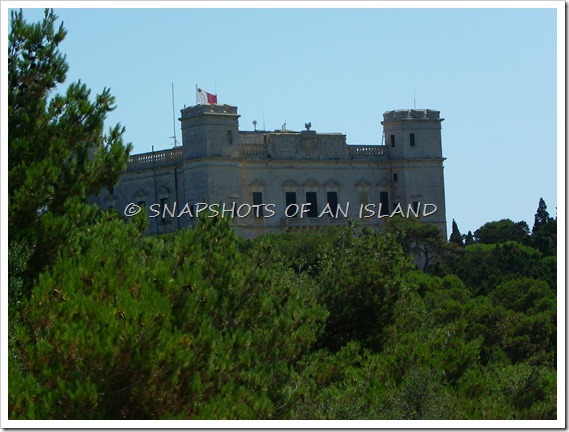
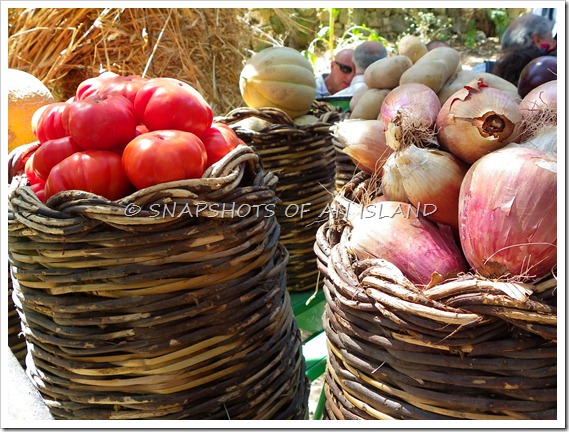
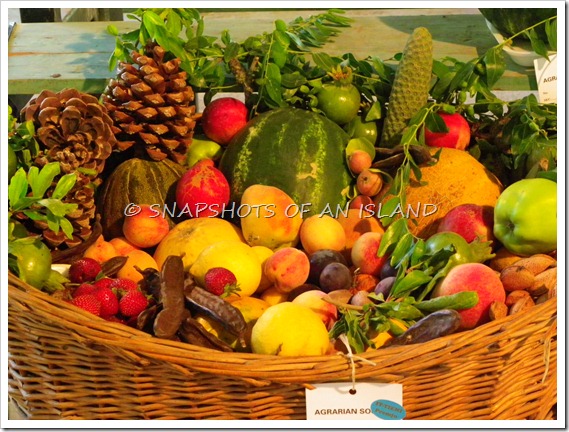
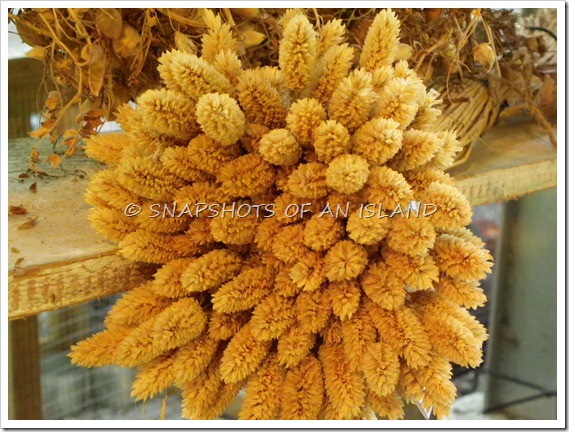
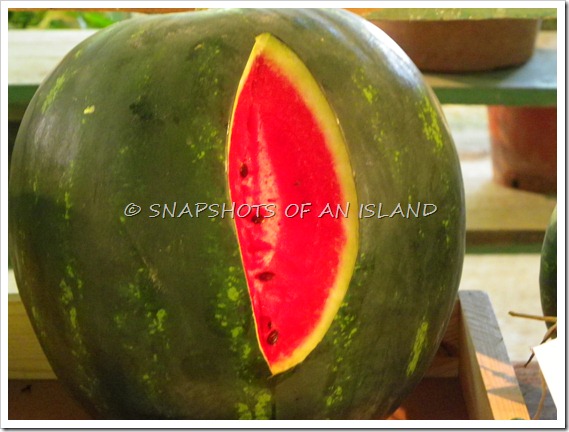
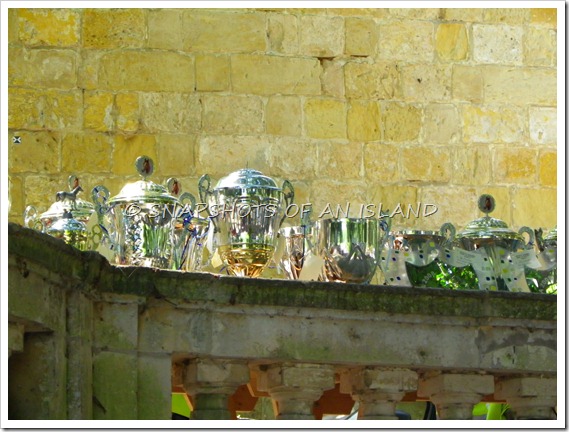


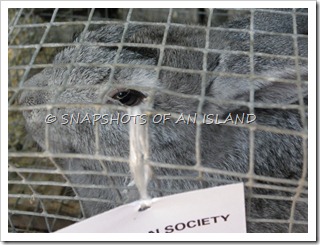
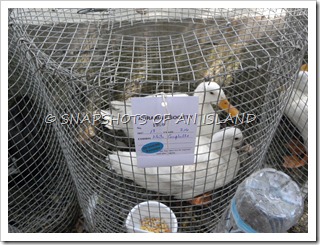
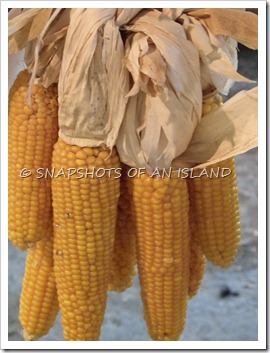
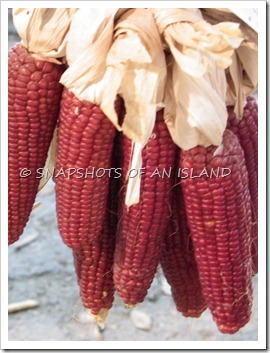
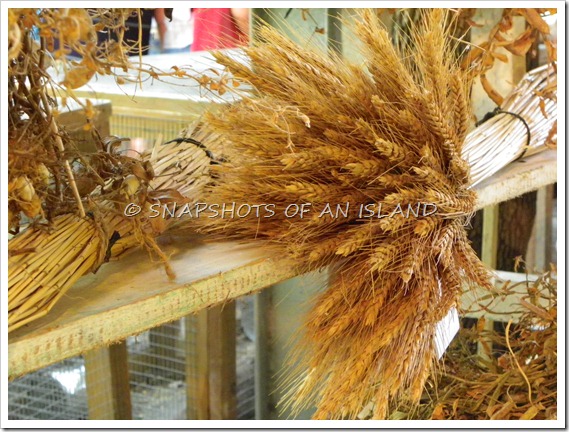
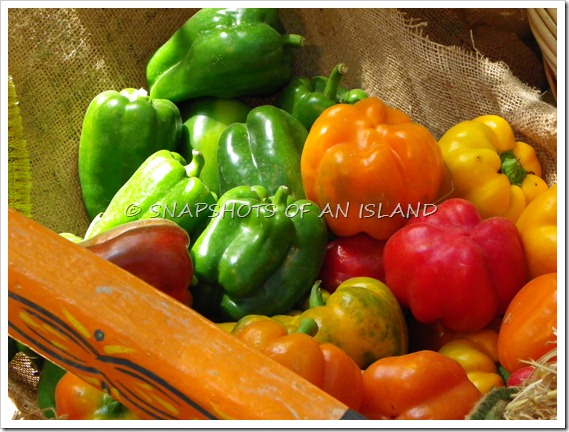
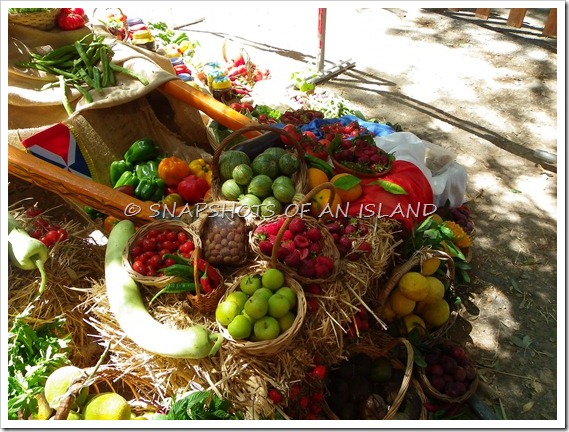
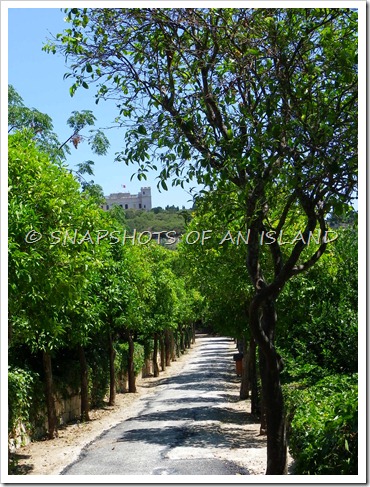
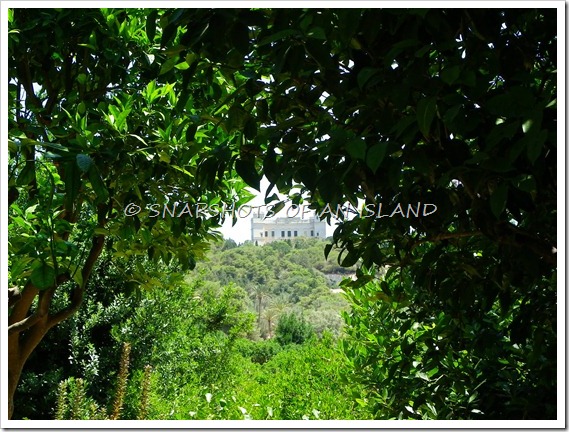
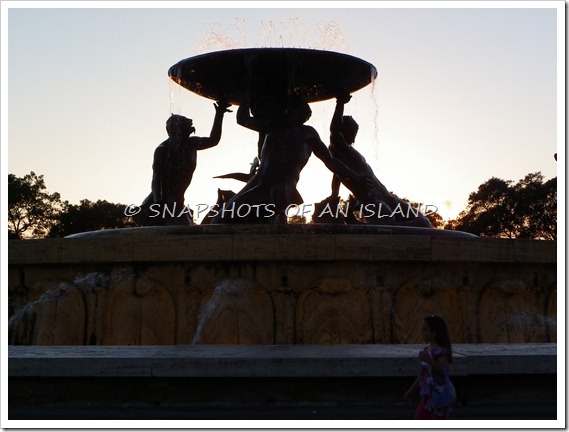

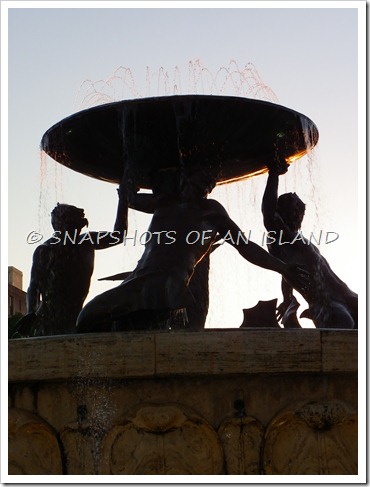
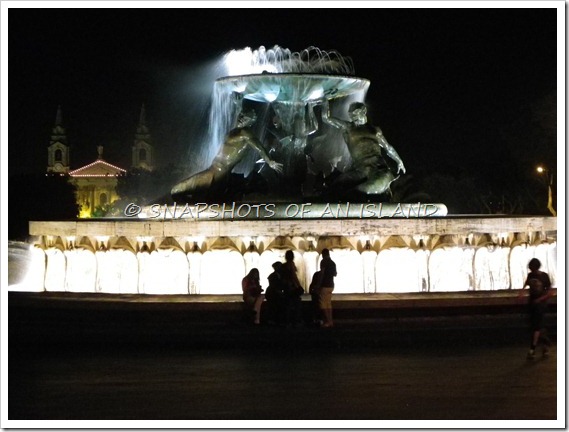
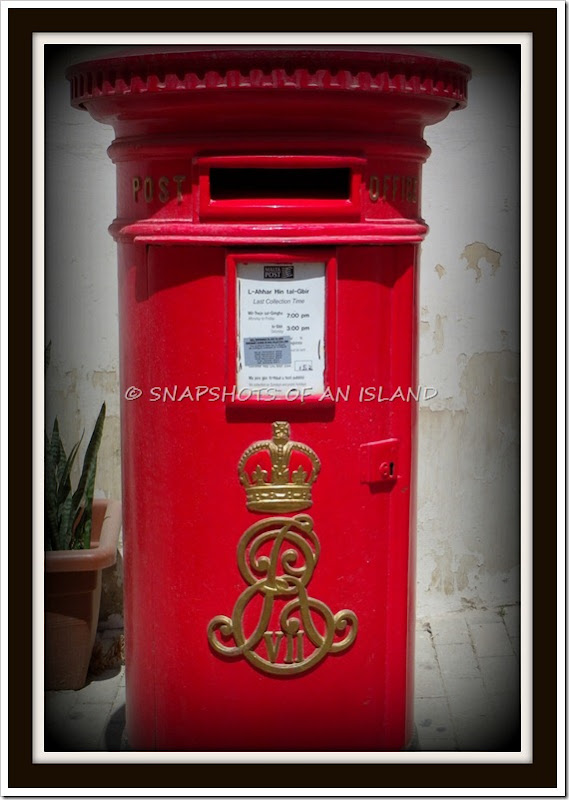
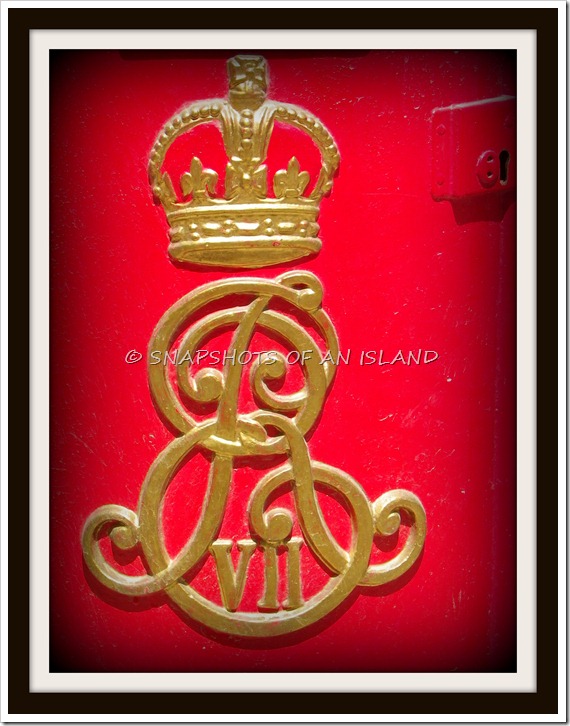
![RubyTuesdaybadgebydriller[1] RubyTuesdaybadgebydriller[1]](http://lh4.ggpht.com/-MVGO_cFsaxo/TfZZGkhfgvI/AAAAAAAAF2w/ZyPu4HDU8lQ/RubyTuesdaybadgebydriller%25255B1%25255D_thumb%25255B2%25255D.jpg?imgmax=800)
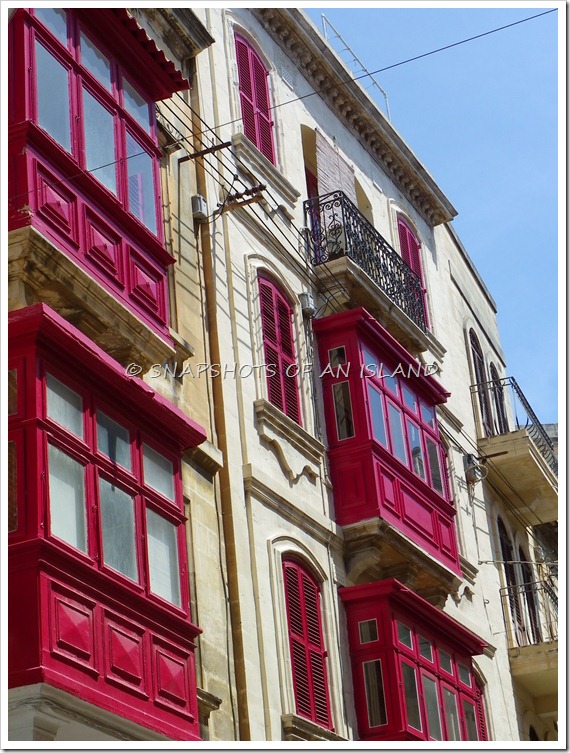
![RubyTuesdaybadgebydriller[1] RubyTuesdaybadgebydriller[1]](http://lh6.ggpht.com/-NtF07uB7FT8/Te0b-N1IXNI/AAAAAAAAF2Q/dASQf5OROYM/RubyTuesdaybadgebydriller1_thumb2.jpg?imgmax=800)
